Artist Interviews 2021
Suitcase Joe 
By Julia Annabel Siedenburg
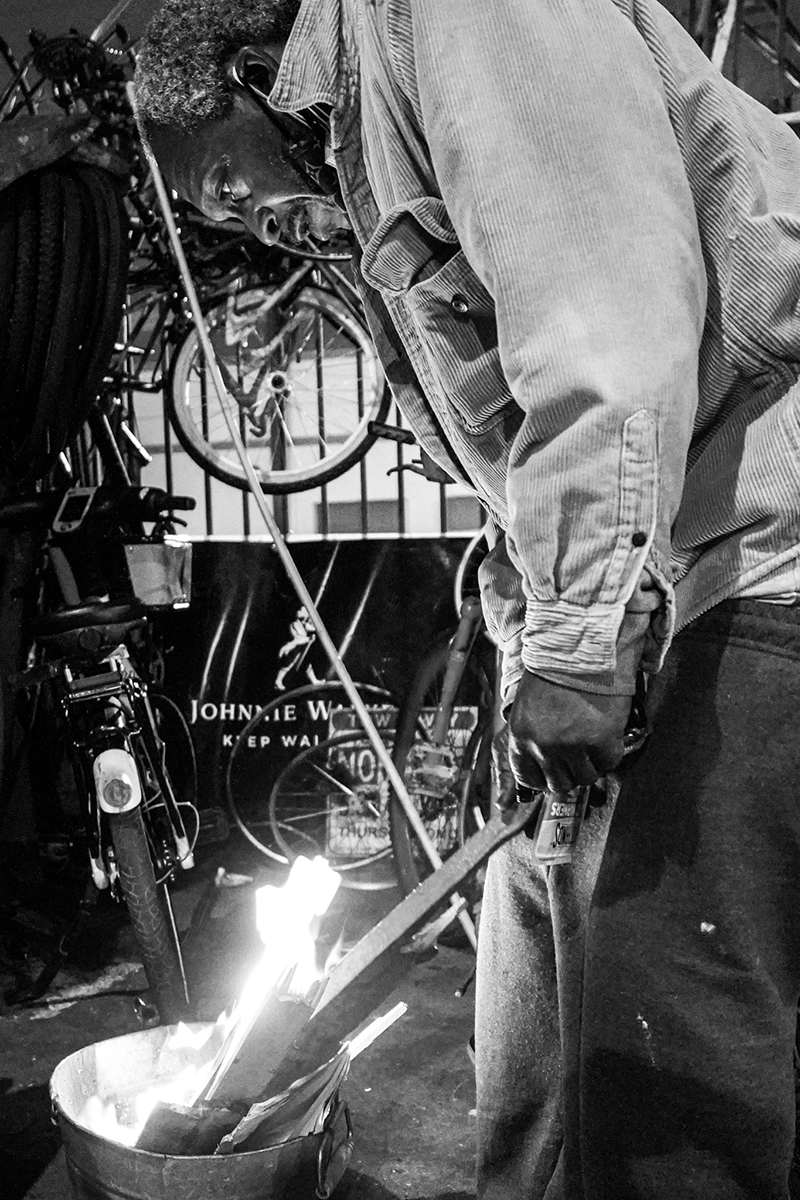
SUITCASE JOE, a name a lot more people in the LA area and photography art world should know. His beautifully raw and extremely powerful Black and White images showcase the truth about the life people on Skid Row live.
His goal is to raise more awareness and help those to be more understood and cared for.
With his foundation and his newest photo- series book, he is collecting money to support those in need even more. I had the pleasure of interviewing him and became an even bigger fan than before.
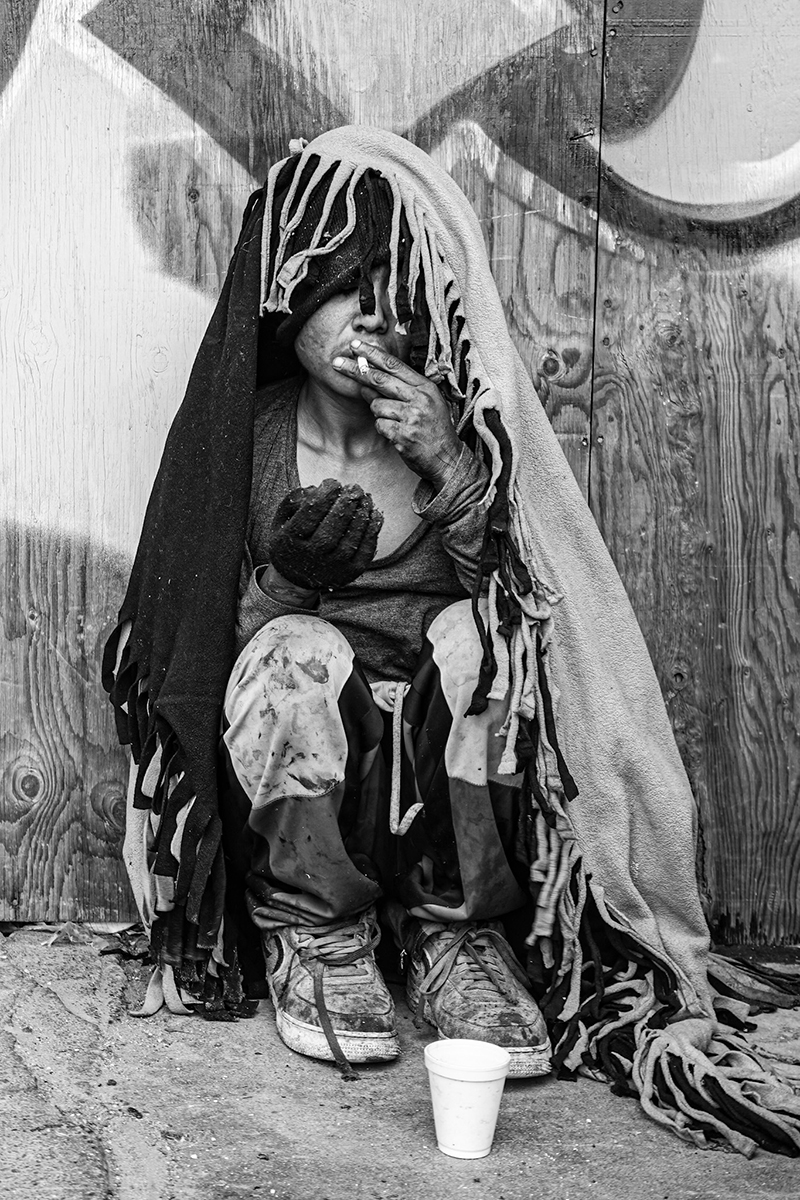
Suitcase Joe, first of how did you get to your name and what is the meaning behind your photography?
I gave myself the moniker of Suitcase Joe when I decided I was going to do my work anonymously. I’m obsessed with old hobo culture and in that culture it’s common to be known by your moniker and not your real name for purposes of keeping your identity secret. The meaning of my photography is to share the stories of those who live in Skid Row with the outside world.
A lot of us have preconceived notions and judgments about those who live on the street. Through my work I hope for people to get to know the people I photograph and come to understand them better through their stories without the judgments that are hardwired into all of us when it comes to the unhoused. It’s easy not to care about someone’s well being when you don’t understand their struggle. The more we know about our fellow man and woman the more we care about them. Compassion for other humans seems to come easier when we feel a connection to them and that’s what I hope to bring about through my work.
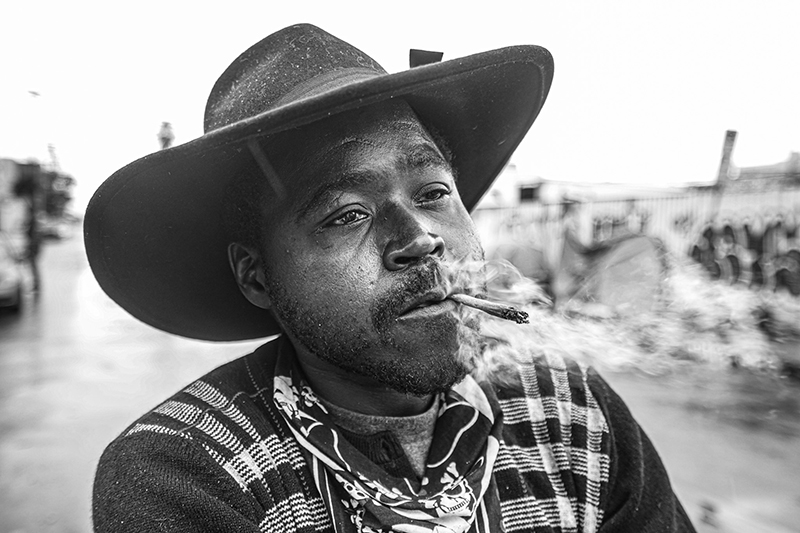

Can you talk about how your Skid Row photography started and
the obstacles you had to overcome in order to get these very personal images?
Originally I only planned to document Skid Row for historical archives but I was terrified to walk deep into the neighborhood. Each time I went I would try and push myself to go further inside of Skid Row and to meet someone new. Early on I didn’t know too many people there and I wasn’t welcomed in the neighborhood the way I am now. Over time I began to form friendships with Skid Row residents and that’s when things began to change for me. The more I learned about each of the people I met and their situations--I came to understand how so many of those who end up living on the street were never given any real opportunities in life.
They were set up to fail from the beginning. Truly understanding this about them gave me real empathy and understanding of them and their situations. I became generally concerned about their well-beings and this only solitied stronger friendships with many of the residents there and I think that’s how I gained a lot of people’s trust. I wasn’t aware of when it was happening but this is when I started to gain a rare access into the personal lives of many of them.. I’ve been accepted as part of the community now by many of the residents who live in Skid Row. I don’t feel I’m an outsider coming in to take photographs and I’m no longer received that way. I’m able to get personal images and stories from my friends in Skid Row because I have personal relationships with them2.� 2.Tell us about the great foundation you created and what you’re hoping it will accomplish in the future?
The Suitcase Joe Foundation was set up in response to so many people reaching out after seeing my work and asking how they could help. We have somewhat of a two-tier approach.
We have street teams who help with immediate relief like passing out hygiene products, tents, blankets, clothes, food, etc. The second tier is about creating wrap around services to fully get
people off the street, into housing, but also providing them with medical assistance, therapy, job training, and all the support they need to get off the streets and on their way to a fulfilling life.
The second tier is about long-term support. For those who are curious to learn more you can check out our website SuitcaseJoeFoundation.org
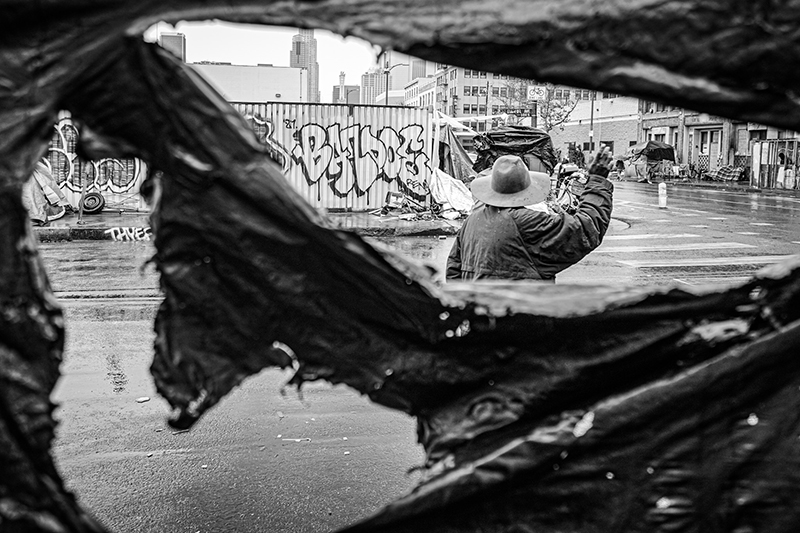
Does using a certain type of technology/ equipment influence your product? Is there a certain type of equipment you favor and will you be sticking to that in the future? If so, why?
Sometimes I shoot with this camera, sometimes I shoot with that camera… who really knows what I’m doing out here.

Please tell us briefly about your upbringing and how you got into arts?
I was poor growing up and I watched helplessly from the sidelines as finances tore my family apart. I’m angry about it but I’m no longer helpless. I will always champion and fight for the underdogs of the world.

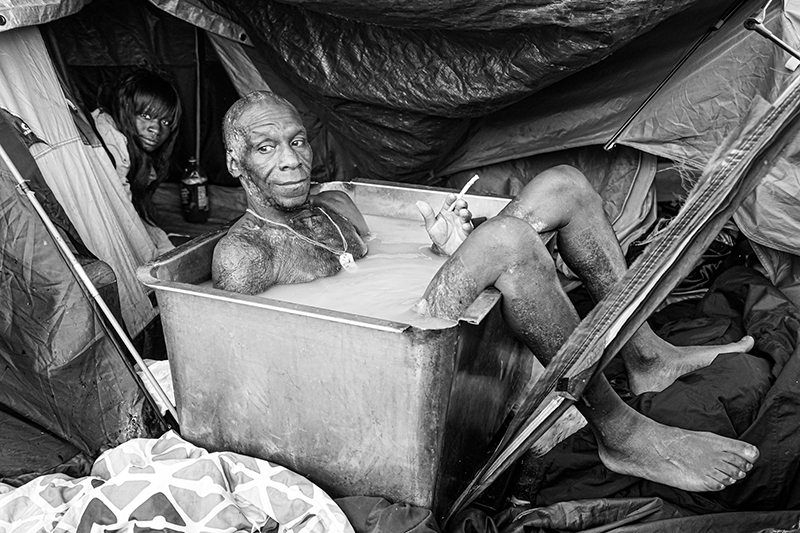
What else is next for you?
My first book Sidewalk Champions was just released by Burn Barrel Press and that has been my immediate focus for the last few months. It’s 125 photos selected from my last five to six years of photographing Skid Row. A portion of the proceeds goes to funding Suitcase Joe Foundation.
I’ve also joined a group of photographers known as the L.A. Six and we’re aiming to do bigger gallery shows as a group --although COVID has slowed us down a bit. We each photograph parts of Los Angeles that are not usually covered by mainstream outlets. The L.A. Six are Angela Boatwright, Merrick Morton, Frankie Orozco, Gilbert Gadoy, Estevan Oriol, and myself. Beyond that I’m continuing to help grow Suitcase Joe Foundation and advocate for the rights and needs of our unhoused communities in Los Angeles.

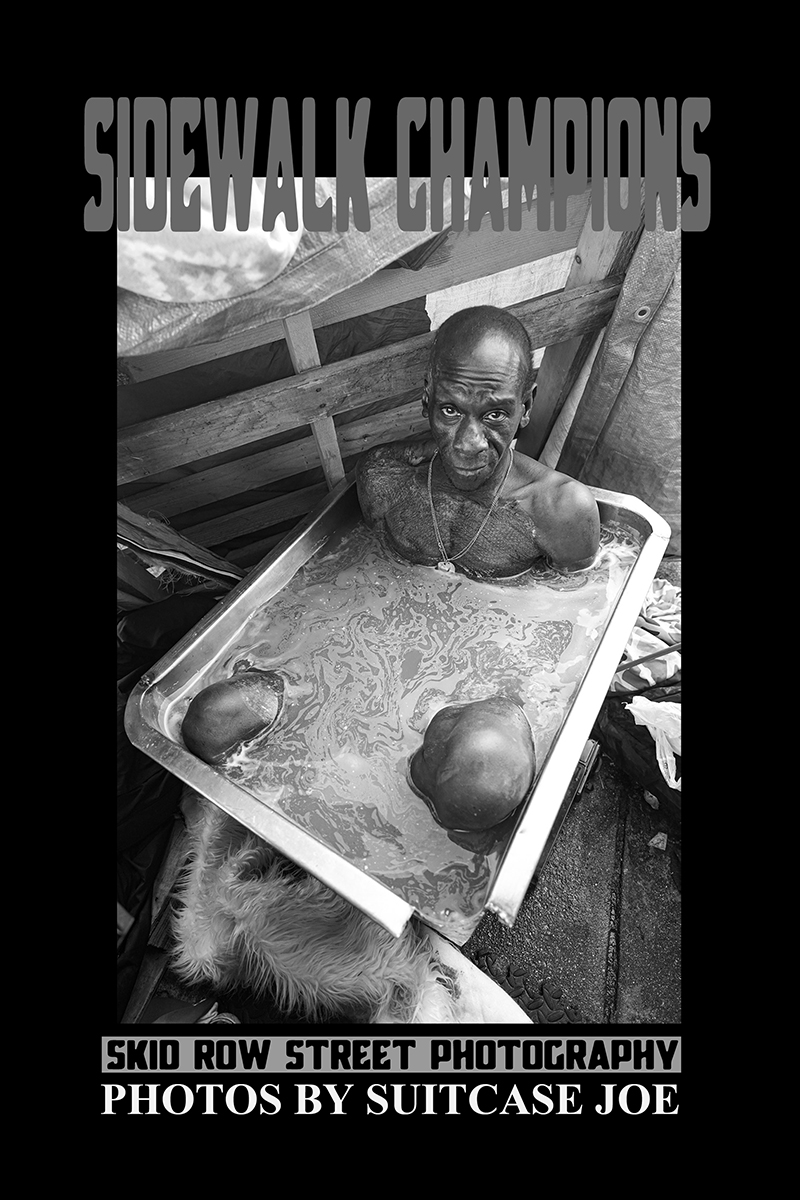
|
|

